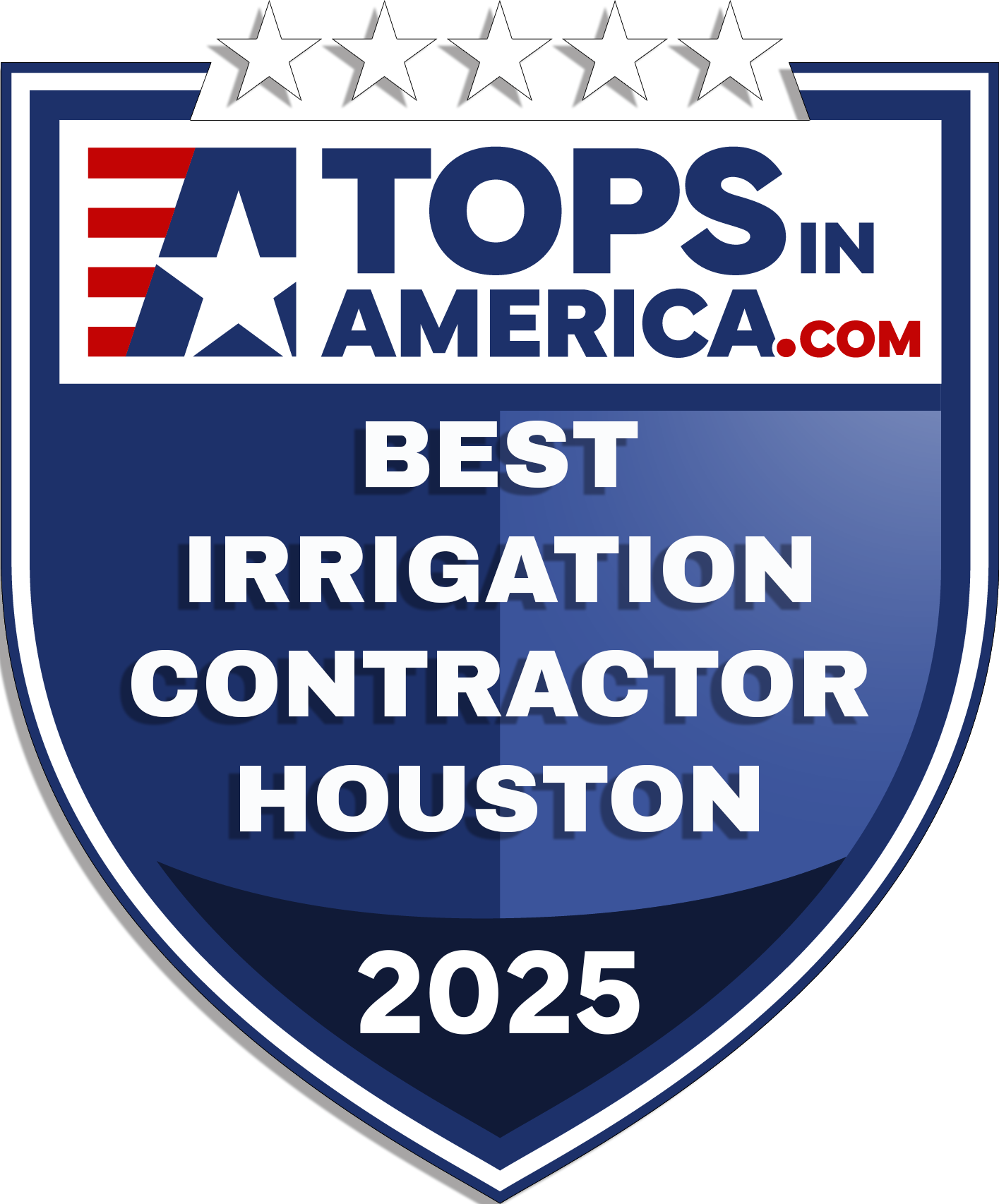Debunking Watering Misconceptions: The Fine Line of Hydration
Watering plants seems straightforward enough—just give them water, and they’ll grow, right? However, this oversimplified approach harbors misconceptions that can lead to less-than-thriving gardens and even plant fatalities. The common adage “more water equals happier plants” is not only misleading but can also exacerbate issues in both lush and arid locales. Here’s a deep dive into common watering myths and the truth behind proper plant hydration.
Misconception 1: More Water Solves Everything
One of the most pervasive myths is that if a plant is struggling, adding more water is the universal remedy. This intuition leads many gardeners to overcompensate at the first sign of drooping leaves or lackluster growth. The reality is far more nuanced. While water is indeed vital, different plants have varied needs, with some thriving in dryer soil conditions. Overwatering can suffocate plant roots, prevent oxygen uptake, and lead to root rot—a condition far more fatal than its opposite.
Misconception 2: Overwatering Is Only a Problem with Saturated Soil
Many assume that overwatering is only a concern if the plant is visibly swimming in water. This is not the case. Overwatering pertains to frequency as much as volume. Consistently moist soil, even if not waterlogged, can also harm plants. It’s crucial to understand the watering needs of each plant species, considering factors like root depth, soil type, and the local climate.
Misconception 3: If the Surface Is Dry, It’s Time to Water Again
Judging a plant’s need for water based solely on the soil surface can lead to premature watering. Topsoil can dry out much faster than the deeper layers where the roots actually draw their water. Before reaching for the watering can, it’s wise to check the soil moisture at root level, using a simple finger test or a soil moisture meter. This approach prevents unnecessary watering and encourages deeper root growth, making plants more resilient.
Misconception 4: All Plants Have Similar Water Needs
Tailoring your watering schedule to the specific needs of each plant type can mean the difference between a thriving garden and a struggling one. Some plants, like succulents and cacti, are drought-resistant and require minimal water, whereas tropical plants may need a consistently moist environment. Ignoring these differences not only wastes water but also risks the health of your plants.
Misconception 5: Watering at Any Time of Day Is Fine
The timing of watering can significantly affect a plant’s ability to absorb moisture effectively. Watering in the heat of the day can lead to rapid evaporation before the water reaches the roots. On the other hand, watering in the evening can leave water sitting on the plant overnight, increasing the risk of fungal diseases. The optimal time for watering is early in the morning when the soil can absorb moisture fully and the leaves have time to dry out.
Moving Beyond Misconceptions
Understanding the delicate balance of watering is key to successful gardening. It requires paying close attention to the plants’ signals, the weather patterns, and the soil condition. By moving beyond these common misconceptions, gardeners can adopt more effective watering practices that ensure plant health, conserve water, and create a more sustainable garden ecosystem.
If you have any questions or need any type of sprinkler system repair, the experts at Mr Sprinkler Repair will be glad to help. Give us a call or 855-695-1000 to set an appointment.


